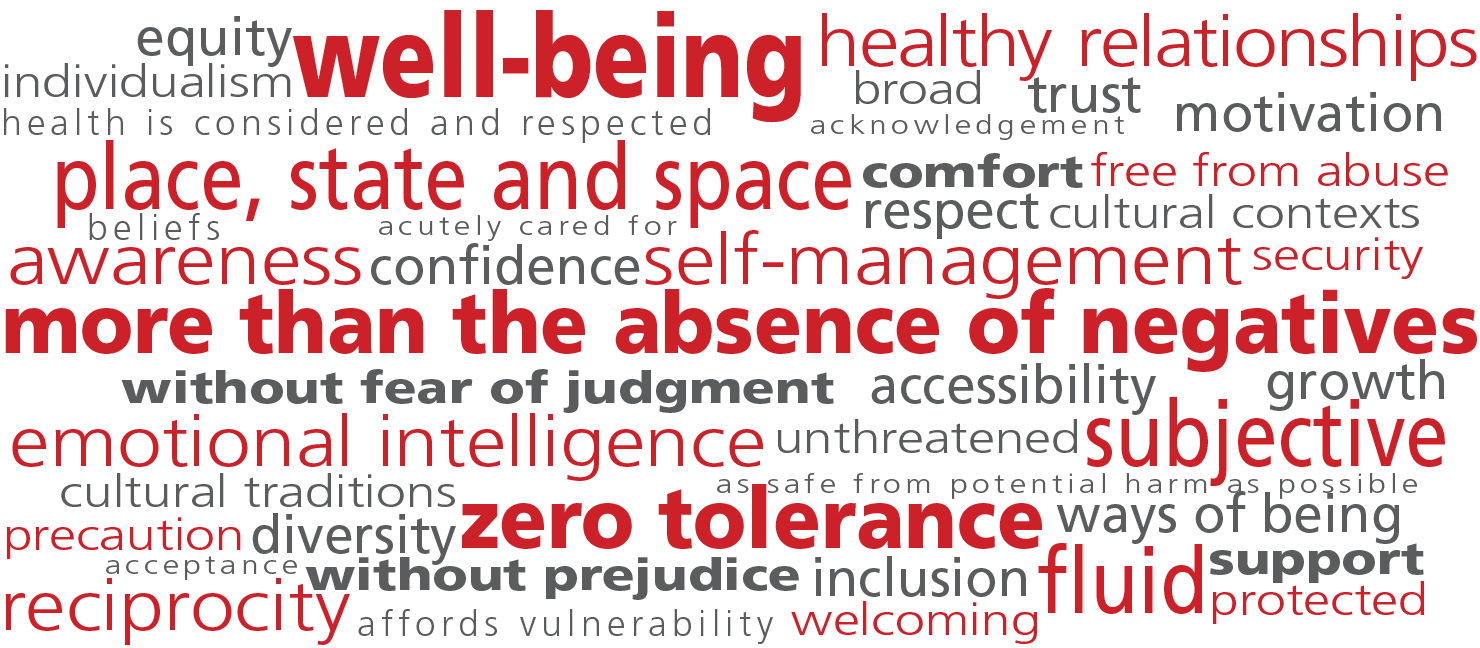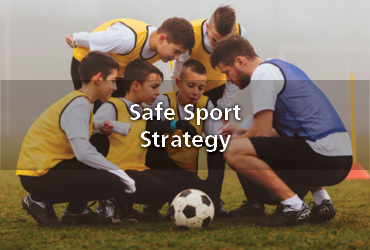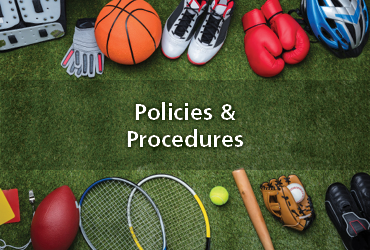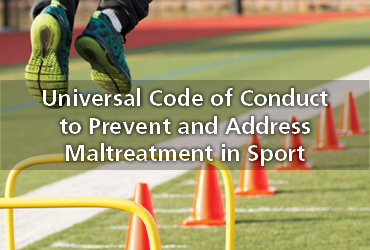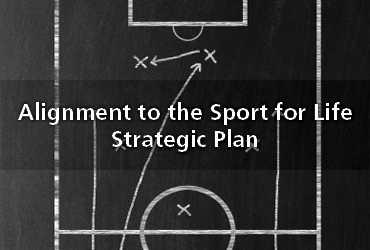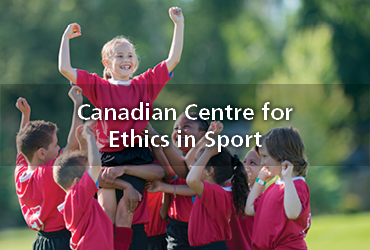Canadian Safe Sport Program
Sport for Life has adopted the Canadian Safe Sport Program (CSSP), which is in effect as of April 1, 2025.
Through the CSSP Rules, the Canadian Centre for Ethics in Sport (CCES) independently administers the Universal Code of Conduct to Prevent and Address Maltreatment in Sport (UCCMS) for federally funded, national-level sport organizations by receiving and responding to reports of prohibited behaviour, and by developing and carrying out education, prevention, and policy activities.
The CSSP Rules clearly and publicly set out how that will be done, including defined timelines at each stage of the reporting process. The CSSP also offers support services to connect participants with help along the way.
For more information about the CSSP and the UCCMS, click here.
How to report
As of April 1, the CCES will accept reports through an online report form and by phone – both methods allow you to remain anonymous if you wish. If you choose to share your name when you make a report, the CCES will not share it with your sport organization unless it is necessary to keep you or someone else safe, and will make every effort to get your consent beforehand.
Report online: https://cces.ca/report-safe-sport
Report by phone: 1-866-971-2777 (CSSP)
Get help and information
You can contact the CSSP team with questions or for support here.
Complete your e-learning
Sport for Life will notify all designated participants who are subject to the CSSP. This includes, but is not limited to, specified athletes, board members, employees, casual staff, volunteers, and contractors, support staff, and medical staff.
Everyone who is subject to the CSSP must complete the e-learning course and sign the participant consent form. Sport for Life will distribute an invitation that includes a link to sign up, instructions, and a code to access the course from the CCES online education portal. If you have questions about your education requirements, email education@cces.ca.
Safe Sport is a collective responsibility. By reporting concerns of maltreatment in sport, you are contributing to building a safer sport environment.
Sport for Life’s Safety in Sports Policy and Code of Conduct and Ethics reflect and support the CSSP.
What is Safe Sport?
When Sport for Life refers to safe sport, we mean the design, development, delivery, evaluation and knowledge mobilization of quality sport and physical literacy experiences that consider and strive to ensure each participant feels physically, psychologically, emotionally and culturally safe.
To Sport for Life, ‘safe’ means being protected, and not having to worry about danger, risk or injury. Safe sport isn’t just about whether participants are physically safe, but perhaps more importantly, do they feel safe? What safe means to each person might differ vastly.
Our team describes safe as:
We acknowledge safety (physical, psychological, social-emotional, and cultural) is fluid and subjective and therefore we appreciate that others may interpret the terms differently than how we have described them.
Social-Emotional Safety
Feeling secure and trusting of those around you to be vulnerable, courageous and authentic.
Psychological Safety
Sharing ideas, questions, concerns or making mistakes without causing harm to one another’s well-being.
Physical Safety
Environments where danger or maltreatment from physical conduct does not impede participation.
Cultural Safety
The ability to embrace, respect, preserve, and celebrate each person’s culture(s) without discrimination.

